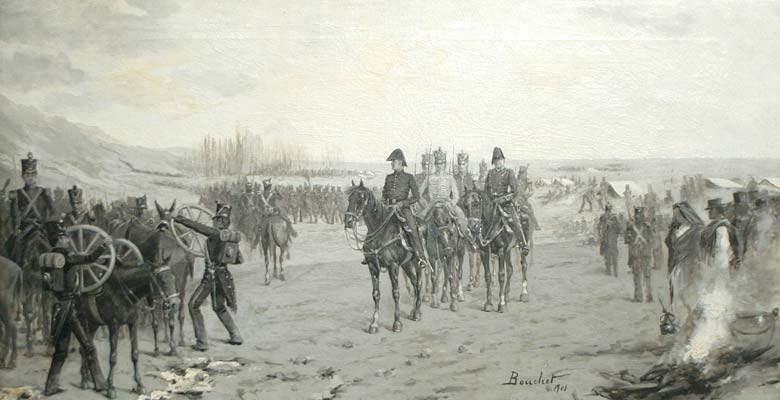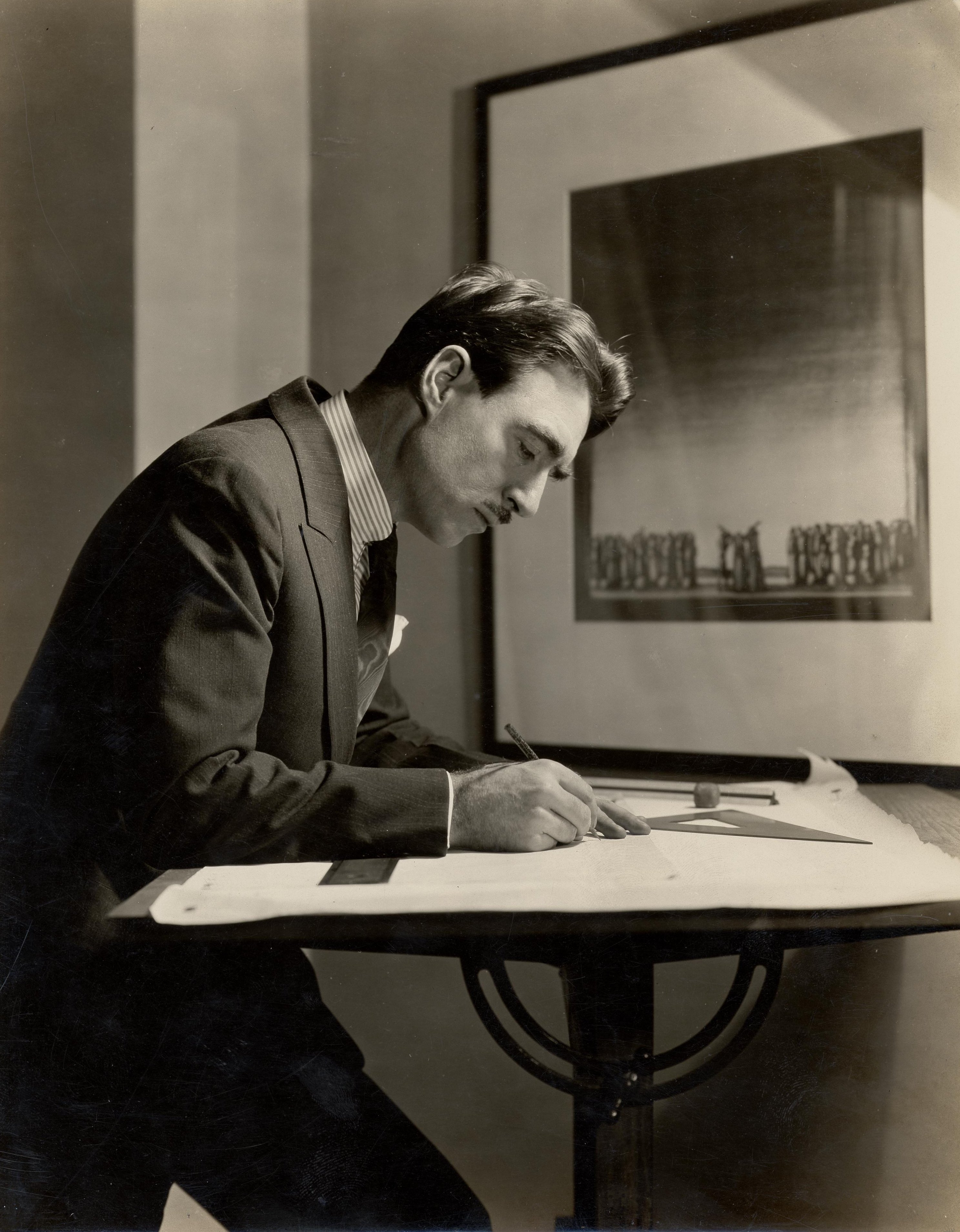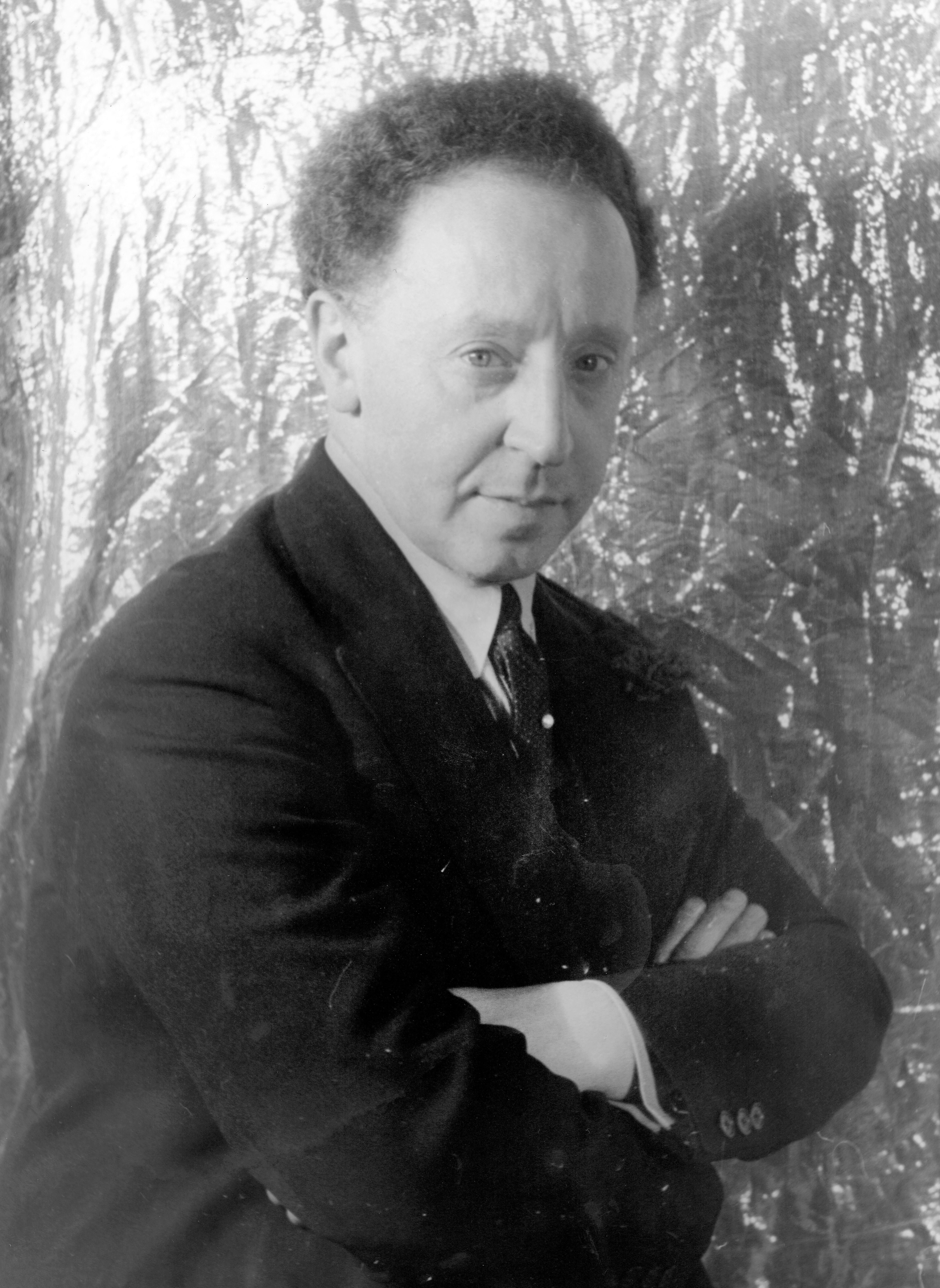|
Teatro Del Libertador General San Martín
The Teatro del Libertador General San Martín (or more commonly, Teatro del Libertador or Teatro Libertador) is the premier stage theatre, opera house and concert hall in Córdoba, Argentina. Overview Noting the absence of a concert hall in his native Córdoba, Provincial Justice Minister Ramón J. Cárcano proposed the establishment of one to Governor Ambrosio Olmos in 1887. After securing the project's approval and funding from the Córdoba Legislature, Cárcano commissioned a fellow Italian Argentine - architect Francesco Tamburini - for the project's design. Creating an eclectic Italianate theatre, Tamburini's design was juxtaposed with Arturo Nembrini Gonzaga's interior verdigris accents, façade reliefs and quadriga, all nods to the Beaux Arts architecture so in demand in Argentina at the time. The entirety of the theatre's materials, fabrics and machinery was imported for the purpose from Europe. The landmark institution was inaugurated on April 26, 1891, as the Rivera I ... [...More Info...] [...Related Items...] OR: [Wikipedia] [Google] [Baidu] |
María Guerrero
María Ana de Jesús Guerrero Torija (April 17, 1867 - January 23, 1928), better known as María Guerrero, was a prominent Spanish theatre actress, producer and director. Life and work María Guerrero Torija was born in Madrid in 1867. She enrolled at the Official School of Declamation, in the prestigious Madrid Royal Conservatory, where she was trained in the theatre with dramatist Teodora Lamadrid. Guerrero debuted in 1885 and later performed for José de Echegaray, one of the principal figures in the Culture of Spain, at the time. She later performed for French dramatist Benoît-Constant Coquelin, and with Sarah Bernhardt. She married Fernando Díaz de Mendoza, the Marquess of San Mamés, in 1896, and the following year, the couple relocated to Buenos Aires, Argentina. A commercial success at the local Teatro Odeón, her productions of zarzuelas and adaptations of classics in Spanish literature (particularly Lope de Vega's) took her company to theatres nationwide. Retaini ... [...More Info...] [...Related Items...] OR: [Wikipedia] [Google] [Baidu] |
Tourist Attractions In Córdoba Province, Argentina
Tourism is travel for pleasure, and the commercial activity of providing and supporting such travel. UN Tourism defines tourism more generally, in terms which go "beyond the common perception of tourism as being limited to holiday activity only", as people "travelling to and staying in places outside their usual environment for not more than one consecutive year for leisure and not less than 24 hours, business and other purposes". Tourism can be domestic (within the traveller's own country) or international. International tourism has both incoming and outgoing implications on a country's balance of payments. Between the second half of 2008 and the end of 2009, tourism numbers declined due to a severe economic slowdown (see Great Recession) and the outbreak of the 2009 H1N1 influenza virus. These numbers, however, recovered until the COVID-19 pandemic put an abrupt end to the growth. The United Nations World Tourism Organization has estimated that global international tourist a ... [...More Info...] [...Related Items...] OR: [Wikipedia] [Google] [Baidu] |
Buildings And Structures In Córdoba, Argentina
A building or edifice is an enclosed structure with a roof, walls and windows, usually standing permanently in one place, such as a house or factory. Buildings come in a variety of sizes, shapes, and functions, and have been adapted throughout history for numerous factors, from building materials available, to weather conditions, land prices, ground conditions, specific uses, prestige, and aesthetic reasons. To better understand the concept, see ''Nonbuilding structure'' for contrast. Buildings serve several societal needs – occupancy, primarily as shelter from weather, security, living space, privacy, to store belongings, and to comfortably live and work. A building as a shelter represents a physical separation of the human habitat (a place of comfort and safety) from the ''outside'' (a place that may be harsh and harmful at times). buildings have been objects or canvasses of much artistic expression. In recent years, interest in sustainable planning and building practi ... [...More Info...] [...Related Items...] OR: [Wikipedia] [Google] [Baidu] |
Opera Houses In Argentina
Opera is a form of Western theatre in which music is a fundamental component and dramatic roles are taken by singers. Such a "work" (the literal translation of the Italian word "opera") is typically a collaboration between a composer and a librettist and incorporates a number of the performing arts, such as acting, scenery, costume, and sometimes dance or ballet. The performance is typically given in an opera house, accompanied by an orchestra or smaller musical ensemble, which since the early 19th century has been led by a conductor. Although musical theatre is closely related to opera, the two are considered to be distinct from one another. Opera is a key part of Western classical music, and Italian tradition in particular. Originally understood as an entirely sung piece, in contrast to a play with songs, opera has come to include numerous genres, including some that include spoken dialogue such as ''Singspiel'' and ''Opéra comique''. In traditional number opera, singers e ... [...More Info...] [...Related Items...] OR: [Wikipedia] [Google] [Baidu] |
Concert Halls In Argentina
A concert, often known informally as a gig or show, is a live performance of music in front of an audience. The performance may be carried by a single musician, in which case it is sometimes called a recital, or by a musical ensemble such as an orchestra, choir, or band. Concerts are held in a wide variety of settings and sizes, spanning from venues such as private houses and small nightclubs to mid-sized concert halls and finally to large arenas and stadiums, as well as outdoor venues such as amphitheatres and parks. Indoor concerts held in the largest venues are sometimes called arena concerts or amphitheatre concerts. Regardless of the venue, musicians usually perform on a stage (if not an actual stage, then an area of the floor designated as such). Concerts often require live event support with professional audio equipment. Before recorded music, concerts provided the main opportunity to hear musicians play. For large concerts or concert tours, the challenging logistics of ar ... [...More Info...] [...Related Items...] OR: [Wikipedia] [Google] [Baidu] |
Theatres In Argentina
Theatre or theater is a collaborative form of performing art that uses live performers, usually actors to present experiences of a real or imagined event before a live audience in a specific place, often a stage. The performers may communicate this experience to the audience through combinations of gesture, speech, song, music, and dance. It is the oldest form of drama, though live theatre has now been joined by modern recorded forms. Elements of art, such as painted scenery and stagecraft such as lighting are used to enhance the physicality, presence and immediacy of the experience. Places, normally buildings, where performances regularly take place are also called "theatres" (or "theaters"), as derived from the Ancient Greek θέατρον (théatron, "a place for viewing"), itself from θεάομαι (theáomai, "to see", "to watch", "to observe"). Modern Western theatre comes, in large measure, from the theatre of ancient Greece, from which it borrows technical terminolog ... [...More Info...] [...Related Items...] OR: [Wikipedia] [Google] [Baidu] |
Juan Perón
Juan Domingo Perón (, , ; 8 October 1895 – 1 July 1974) was an Argentine military officer and Statesman (politician), statesman who served as the History of Argentina (1946-1955), 29th president of Argentina from 1946 to Revolución Libertadora, his overthrow in 1955 and again as the 40th president from 1973 to his death in 1974. He is the only Argentine president elected three times and holds the September 1973 Argentine presidential election, highest percentage of votes in clean elections with universal suffrage. Perón is arguably the most important and controversial Argentine politician of the 20th century and his influence extends to the present day. Perón's ideas, policies and movement are known as Peronism, which continues to be one of the major forces in Argentine politics. On 1 March 1911, Perón entered military college, graduating on 13 December 1913. Over the years, he rose through the military ranks. In 1930, Perón supported the coup against President Hipólito ... [...More Info...] [...Related Items...] OR: [Wikipedia] [Google] [Baidu] |
José De San Martín
José Francisco de San Martín y Matorras (; 25 February 177817 August 1850), nicknamed "the Liberator of Argentina, Chile and Peru", was an Argentine general and the primary leader of the southern and central parts of South America's successful struggle for independence from the Spanish Empire who served as the Protector of Peru. Born in Yapeyú, Corrientes, in modern-day Argentina, he left the Viceroyalty of the Río de la Plata at the early age of seven to study in Málaga, Spain. In 1808, after taking part in the Peninsular War against France, San Martín contacted South American supporters of independence from Spain in London. In 1812, he set sail for Buenos Aires and offered his services to the United Provinces of the Río de la Plata, present-day Argentina and other countries. After the Battle of San Lorenzo and time commanding the Army of the North during 1814, he organized a plan to defeat the Spanish forces that menaced the United Provinces from the north, us ... [...More Info...] [...Related Items...] OR: [Wikipedia] [Google] [Baidu] |
Stagecraft
Stagecraft is a technical aspect of theatrical, film, and video production. It includes constructing and rigging scenery; hanging and focusing of lighting; design and procurement of costumes; make-up; stage management; audio engineering; and procurement of props. Stagecraft is distinct from the wider umbrella term of scenography. Considered a technical rather than an artistic field, it is primarily the practical implementation of a scenic designer's artistic vision. In its most basic form, stagecraft may be executed by a single person (often the stage manager of a smaller production) who arranges all scenery, costumes, lighting, and sound, and organizes the cast. Regional theaters and larger community theaters will generally have a technical director and a complement of designers, each of whom has a direct hand in their respective designs. Within significantly larger productions, for example a modern Broadway show, effectively bringing a show to opening night require ... [...More Info...] [...Related Items...] OR: [Wikipedia] [Google] [Baidu] |
Arthur Rubinstein
Arthur Rubinstein Order of the British Empire, KBE OMRI (; 28 January 1887 – 20 December 1982) was a Polish Americans, Polish-American pianist."Artur Rubinstein" ''Encyclopædia Britannica'' He is widely regarded as one of the greatest pianists of all time. He received international acclaim for his performances of the music written by a variety of composers and many regard him as one of the greatest Frédéric Chopin, Chopin interpreters of his time. He played in public for eight decades. His repertoire also included the works of Beethoven, Mozart, Schubert, Liszt, Tchaikovsky, Saint-Saëns, Schumann and more. Early life Arthur Rubinstein was born in Łódź, Congress Poland (part of the Russian Empire for the entire time Rubinstein ...[...More Info...] [...Related Items...] OR: [Wikipedia] [Google] [Baidu] |
Tito Schipa
Tito Schipa (; born Raffaele Attilio Amedeo Schipa; 2 January 1889 in Lecce16 December 1965) was an Italian tenor. Biography Schipa was born as Raffaele Attilio Amedeo Schipa on 27 December 1888 in Lecce in Apulia into an Arbëreshë family; his birthday was recorded as January 2, 1889 for military conscription purposes. He studied in Milan and made his operatic debut at age 21 in 1910 at Vercelli. He subsequently appeared throughout Italy and in Buenos Aires, Argentina. In 1917, he created the role of Ruggiero in Puccini's '' La rondine''. In 1919, Schipa traveled to the United States, joining the Chicago Opera Company. He remained with the Chicago company until 1932, whereupon he appeared at the New York Metropolitan Opera from 1932 to 1935, and again in 1941. He also sang at the San Francisco Opera, beginning in 1924. From 1929 to 1949 he performed regularly in Italy, including at La Scala, Milan and the Rome Opera. He returned to Buenos Aires to sing in 1954. In 1957, ... [...More Info...] [...Related Items...] OR: [Wikipedia] [Google] [Baidu] |









